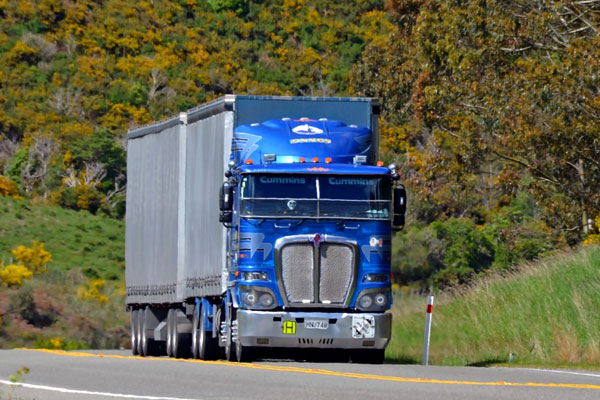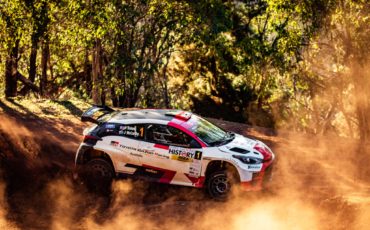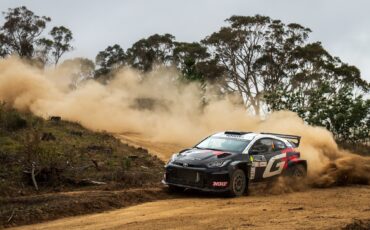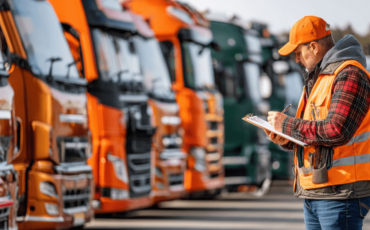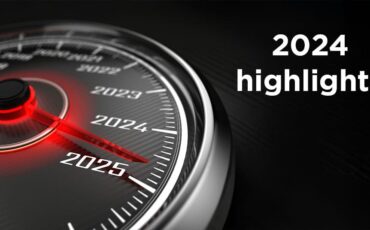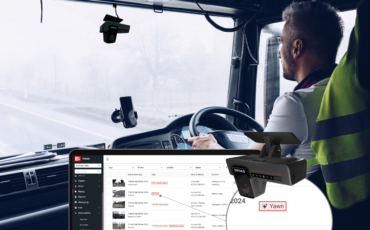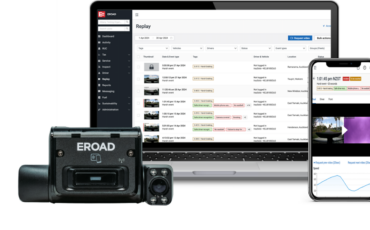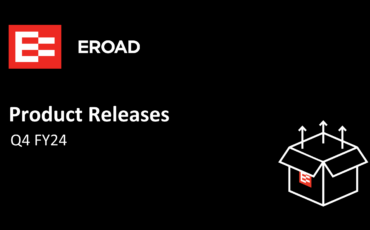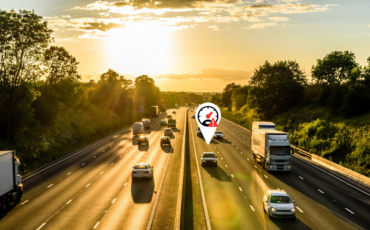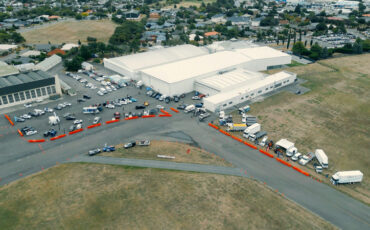What Dynes Transport have learnt about effective fatigue management
What Dynes Transport have learnt about effective fatigue management
1.Companies should treat fatigue as a health issue first and foremost, not as an HR issue
“I was mindful that we had, I would say, a range of controls that were flexible enough that actually dealt with the causes of fatigue. We developed a fatigue management process policy that’s effectively around treating fatigue as a health issue first and foremost, not as a HR issue and from the experience that we’ve had for the last year and a bit we’ve now broken that into 3.
- Number 1 is very much around the lifestyle of people and the effect on fatigue – what someone is doing outside of work and the effect it has on their ability to work safely.
- Number 2 I would say always the circadian clock. And that’s really about food and nutrition, particularly between the hours of 2am and 5 am in the morning.
- Number 3 was there’s a medical issue that requires a more serious intervention, in regards to obstructive sleep apnea.”
2.The quality of sleep you get on the first day of your shift is critical to the whole week
“Sleep is very individualistic. But what we do know is that if you sleep poorly on the first day of your shift, it’s a cumulative effect over that working week. So you can end up in a sleep deficit position by the end of that week which again increases your risk of a fatigue event in the truck.”
3. Our bodies are poor at recognizing or recalling fatigue
“Every time we’ve shown an event to a driver, they don’t recall being fatigued. So it comes as a surprise. Often you’ll see the look of surprise in their face when the seat vibrator goes off, as though why is that happening? And then you take them through that and say, look, you had a fatigue event there and a microsleep for 1.5 seconds. They’re really surprised to see it because they don’t remember it happening. And that’s the thing about fatigue. Your body doesn’t recall, and that occurs to everyone.”
4. You don’t know how bad or widespread fatigue is until you measure it
“What we’re here to do is to really identify risk, either remove it or reduce it to a stage that it’s manageable and we accept that risk. We look at risk really simply here in the fact that everything falls into two risk categories. A known risk or an unknown risk. And if you know the risk, you can put controls in place. But fatigue was one of those that was an unknown risk, and we didn’t know how bad it was, how widespread it was, and it’s been a wake up call for all our managers. Because every company will turn around and say we don’t have a problem with fatigue, but until you actually start seeing fatigue events, you go – actually we do.”
5. You’ll never remove fatigue, but you can reduce the risk of something serious happening
“I think we just have to accept that fatigue is there. We have to manage it in an effective waybecause we’ll never remove fatigue as it is a normal human function. We just need to reduce the risk of something serious occurring with it. Like most things, we’re on a journey. We don’t know yet what good looks like. We’re trying to improve the system all the time and whether we’ll get to a perfect system I don’t know. But certainly we would want to be better next month than we were the month before, but who knows what good looks like we might come to a point where we say good is 8 fatigue events per month. That’s the best we can get it down to. But they’re eight people on eight different occasions yawning. That might be utopia for us.”
6. Most people underestimate the impact of fatigue until they actually see it happening
“Customers don’t necessarily get the nature of fatigue, and that’s like our industry, until you actually see it occurring you don’t get the full picture of what an impact it possibly could have. So it’s a very difficult message to get across as to how challenging it is and the length of time it takes to bring something in that that fits and works.”
7. Cameras remove doubt, and reassure the driver they did everything they could
“The reason why we’re quite hot on the whole fatigue event is that we’ve had around 8 crashes in the last nine months where a vehicle coming in the opposite direction has crossed the centre line and struck some portion of our unit on the road. 2 of those were fatal and in each of those 8 events, we can hand on heart, say our drivers were alert, responsive, and not fatigued or distracted. And even though they were alert and attentive, there was nothing that they could have done to prevent that crash. We were very quickly able to supply that information to the police, to the commercial vehicle safety team. And we have their confidence that we’re doing something appropriate because it takes away the notion that the truck has crashed into the car.”
8. Drivers need solutions that protect them, while protecting their privacy
“We could definitely say with 100% confidence that we’ve reduced the risk of a crash occurring. I think our people do actually feel better in the cab. We’re not there to spy on our drivers. Nobody’s interested in that, we just want to know where they are in the country and are they fit and healthy. Are they going to make their delivery on time? Does everything work? Does our dispatch system work? And so we can all go home happy and safe at the end of the day.”
9. To achieve the road to zero, companies need to take action, including working together
“The road to zero will be really interesting. It will take effort from not just the police, not just NZTA, not just that the guys and girls fixing roads and putting barriers up and better signage. It’s going to take companies really to try and assist and if that is in some form by providing information, by being active in some format of information sharing, we should welcome that. There is a greater good for the industry for us to share information.”

